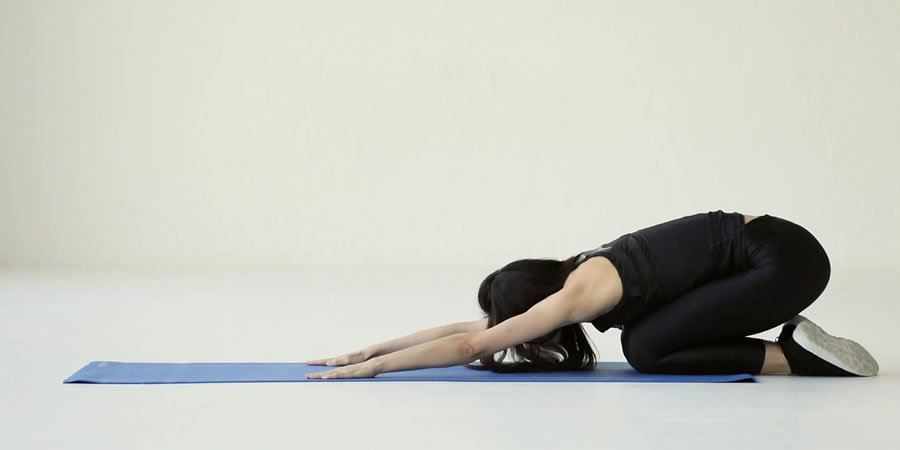Pilates is a wonderful form of exercise – it teaches us to work our mind and body in unison, and gives us a killer workout at the same time. However when poorly taught, or when you’re just not 100% certain what your teacher is saying, it can be ineffective and even cause injuries (like any exercise performed incorrectly).
Never fear – the following 5 common mistakes also have equally easy fixes, and I’m here to help you now.
Incorrect Pelvic Placement
This is a big one, and one your teacher should teach you in your very first lesson. In pilates, we have two main pelvic placements, Neutral and Imprint. Neutral is when we maintain the normal, natural curve of the lower back. When lying on your back, your hip bones and pubic bones should lie parallel to the mat, – as if you are balancing a full bowl of hot soup on your pelvis, and don’t want it to spill. Your lower back is not pressed in to the mat, and this should feel stable and natural, and should not cause strain in your lower back. We maintain neutral when our feet are on the floor (or the bar in reformer pilates) for beginners, and as we progress we should work towards maintaining neutral for all movements. However that requires strong abdominal muscles (especially when your feet are off the floor!), which brings us to Imprint. Imprint is when there is a slight tuck of the pelvis, so you feel your lower back connecting slightly more to the floor – about a 30% tuck. This gives you a bit more stability in your movements, so your body is rocking all over the place as you try to do the moves.
How to fix it: If you are unsure if you are in the right pelvic position, speak up to your instructor! This is the foundation for your workout, so it needs to be correct to start with!
Incorrect Breathing
This is one of the other core principles of pilates (and life…breathing is pretty important!). When starting pilates it can seem like there is so much to focus on, and often times you may find yourself involuntarily holding your breath.
How to fix it: Your pilates instructor should help with this by cuing you to breath, but if not, you can follow the simple pilates pattern – inhale through the nose, exhale through the mouth. Pilates exhales are typically loud too, so don’t be afraid to really push the air out through your mouth on the exhale – it helps to take the tension out of your neck!
Rushing
Pilates was originally called Contrology, and can you guess why? That’s right, it’s all about maintaining control through your movements. In today’s workout warrior culture we often think that the harder, faster, heavier, stronger we go, the better. With pilates that couldn’t be further from the aim! You need to maintain control to make sure the correct muscles are being used, and that you’re really building a strong base.
How to fix it: Remember that there is no rush, and that quality always wins over quantity. If you find yourself finishing every move before everyone else in the class, ask your instructor to check your form to make sure you are doing it as controlled and correctly as possible. Also, as in point 2 – remember to breath! When we don’t breath, we rush.
Thinking that if you don’t feel a burn, you’re doing it wrong
This one really drives home the point that pilates is not your average workout. Yes, in 9/10 of the moves you do you will feel your muscles turning on and burning! But there are certain moves (such as stomach massage on the reformer), where you may not feel anything at all to begin with, and that is perfectly fine. You are using the tiny muscles you normally neglect, and they take a bit of time to warm up.
How to fix it: Ask your instructor where you are supposed to be feeling a certain move to make sure your focus is on the correct move. If it is a small move, don’t give up just because you can’t feel it!
Giving up after the first class!
Like weightlifting, running, barre classes, yoga and the millions of other styles of exerice out there, pilates may not be for everyone (but we know that everyone can benefit from it!). However pilates classes vary hugely depending on your instructor, their training and the type of class – a mat pilates class and a reformer pilates class can vary greatly!
How to fix it: Give it a real shot for 6 weeks, at least twice per week. Like any new exercise program, you need to stick with pilates to reap the full benefits. Buy a block of classes, or a home program like our ebook, and schedule it in your diary! You won’t be sorry!
Source: https://www.stokephysio.com.au/single-post/2016/02/26/5-Common-Pilates-Mistakes








